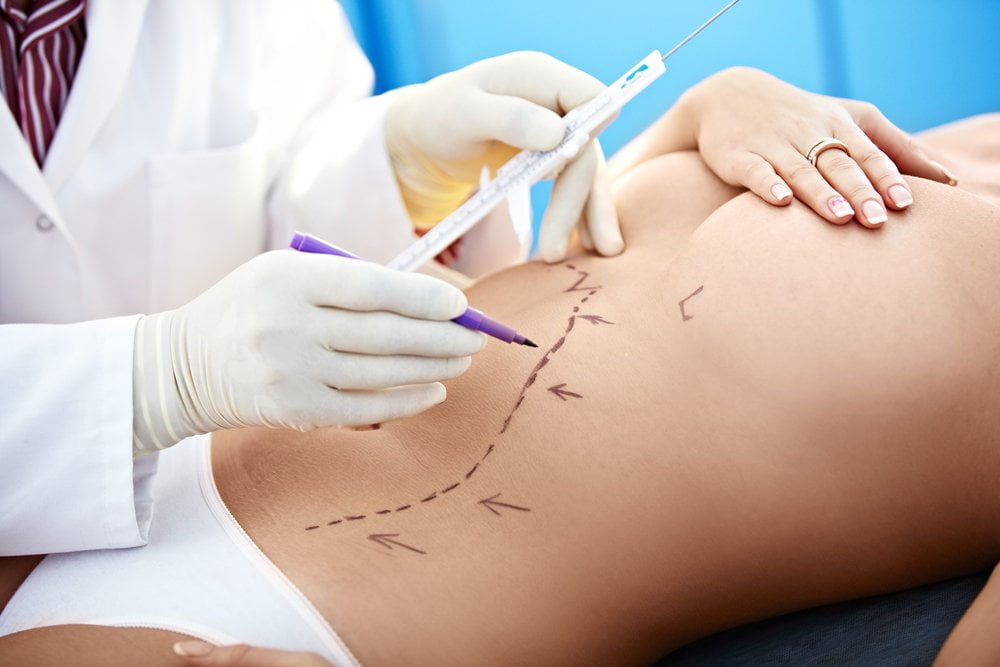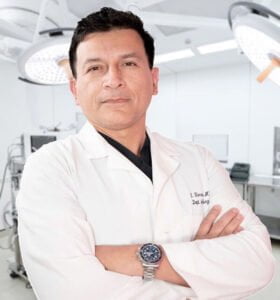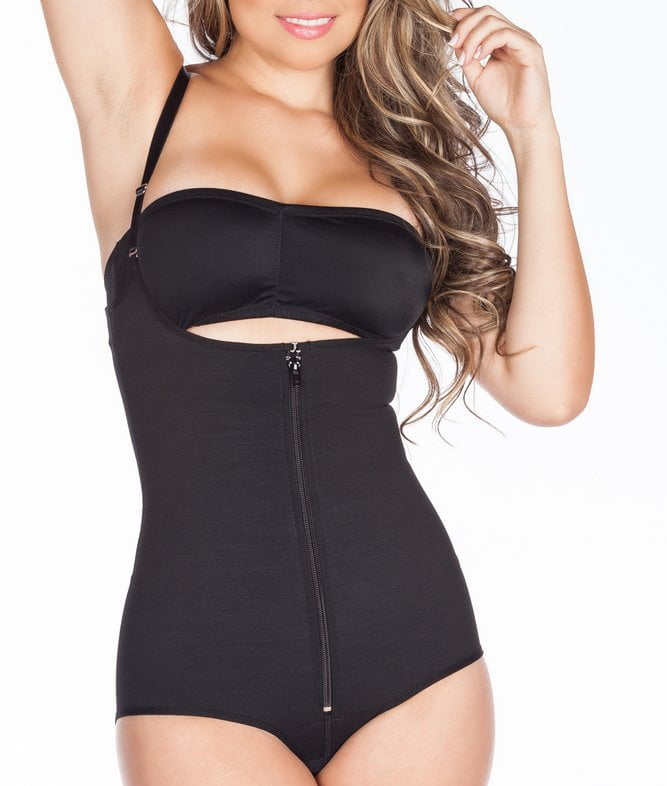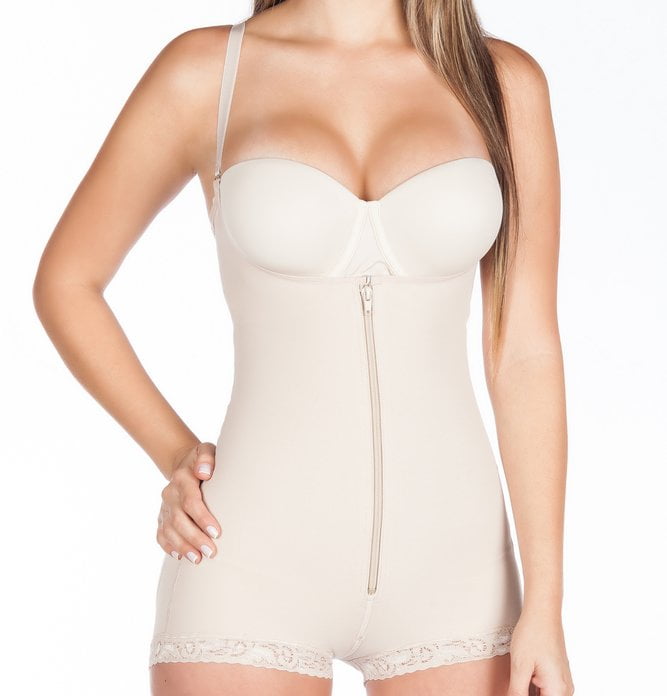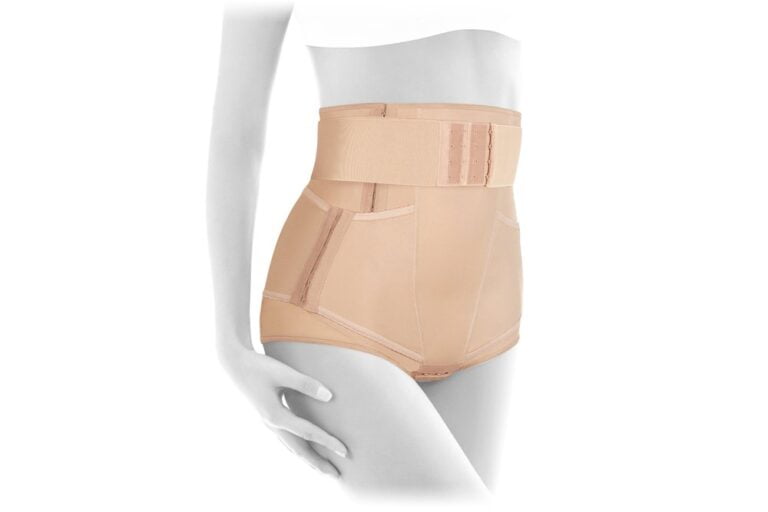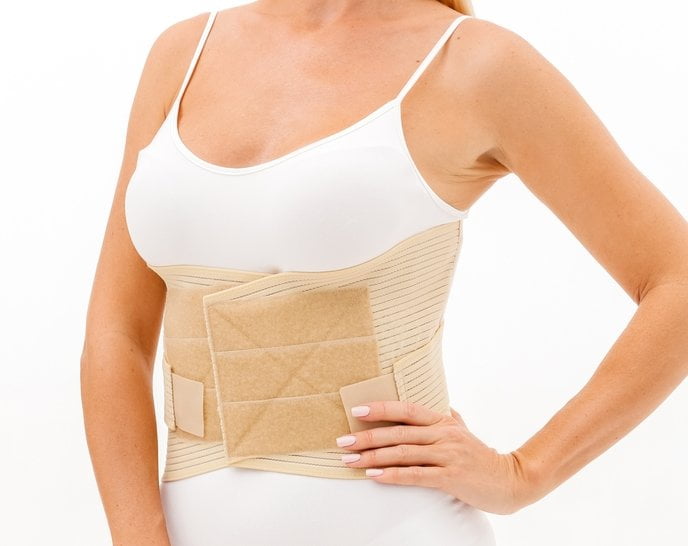Vaser liposuction is a type of body contouring surgery that uses ultrasound technology to break up and remove fat. This procedure is less invasive than traditional liposuction, so times for Vaser lipo recovery can be shorter. However, it’s important to note that the recovery process after Vaser liposuction can vary based on the extent of the procedure and the individual’s overall health.
Current Liposuction Discounts in Miami Clinics
| Clinic Name | Service | Offer | Link to Offer |
|---|---|---|---|
| Boutinic Aesthetics | Liposuction in Miami | $500 OFF | Get Offer |
| Moon Plastic Surgery Center | Liposuction in Miami | $600 OFF | Get Offer |
| Miami Lakes Cosmetics | Liposuction in Miami | $600 OFF | Get Offer |
Postoperative Care Instructions for VASER Liposuction
Postoperative care is a crucial part of recovery from any surgical procedure, including Vaser liposuction. Following these instructions can help ensure a smooth recovery and optimal results.
Here are general postoperative care instructions for Vaser liposuction:
- Pain Management: Your surgeon will likely prescribe pain medication to help manage any discomfort. Follow the prescription instructions carefully. If you’re experiencing severe pain that isn’t managed by the prescribed medication, contact your surgeon immediately.
- Compression Garments: You’ll be required to wear a compression garment on the treated areas. This helps reduce swelling and supports your body as it adjusts to its new contours. Your doctor will provide instructions on how long to wear these garments, but it is often for several weeks.
- Rest and Activity: Get plenty of rest and avoid strenuous activities for the first few weeks. Most patients can return to work within a week, but this can vary depending on the extent of the procedure and your job’s physical demands. Regular exercise can generally be resumed after 4 to 6 weeks, but always follow your surgeon’s advice.
- Wound Care: Keep the incision sites clean and dry. Your surgeon will provide specific instructions for bathing and showering.
- Hydration and Nutrition: Drink plenty of water to stay hydrated and eat a healthy diet to support your recovery. Avoid alcohol and smoking as these can interfere with the healing process.
- Follow-up Appointments: Attend all scheduled follow-up appointments so your surgeon can monitor your healing and address any complications early.
- Report Complications: If you notice any signs of infection (increased redness, swelling, warmth, or pus at the incision site), or if you develop a fever, contact your doctor immediately.
- Maintain a Healthy Lifestyle: For long-term results, it’s essential to maintain a healthy weight. Regular exercise and a balanced diet can help prevent the return of fat cells in the treated areas.
Remember, these are general guidelines, and your surgeon may provide additional or different instructions based on your specific case. Always follow your surgeon’s postoperative care instructions closely.

Managing Swelling, Bruising, and Discomfort
Managing swelling, bruising, and discomfort after Vaser liposuction, or any type of surgery, is an important part of the recovery process. Here are some strategies:
| Action | Description |
|---|---|
| Wearing Compression Garments | These help to reduce swelling and support the healing tissues. Use as directed by your surgeon. |
| Elevation | If possible, try to elevate the treated area, especially in the first few days after surgery. |
| Applying Ice Packs | Helps minimize swelling and soothe discomfort. Do not apply ice directly to the skin. |
| Rest | Your body needs time to rest and heal. Avoid strenuous activities as recommended by your surgeon. |
| Pain Medication | Use the pain medication prescribed by your surgeon as directed. |
| Healthy Diet and Hydration | Eating a balanced diet and staying well-hydrated can aid in your recovery. |
| Avoid Alcohol and Smoking | Both can delay healing and increase the risk of complications. |
| Gentle Movement | Gentle walks can help stimulate circulation, reducing swelling and helping to promote healing. |
| Follow-up Appointments | Keep all your post-operative appointments so your surgeon can monitor your healing progress and manage any complications early. |
Remember, everyone heals at a different rate and it’s important to listen to your body and not push yourself too hard, too soon. If swelling, bruising, or discomfort becomes significantly worse or does not improve over time, contact your surgeon. Always follow the advice of your healthcare provider.
Initial Days After VASER Liposuction: What to Expect
In the initial days after VASER liposuction, your body will start the healing process and it’s normal to experience certain symptoms. Here’s what you might expect:
- Pain and Discomfort: It’s common to experience some pain and discomfort in the treated areas. Your surgeon will provide pain medication to help manage this.
- Swelling and Bruising: Swelling and bruising are also expected. These should gradually decrease over the course of a few weeks.
- Drainage: Small amounts of fluid may drain from the incision sites. This is usually a mixture of tumescent fluid and blood and is normal for the first few days.
- Compression Garments: You’ll be required to wear a compression garment on the treated areas. These garments help reduce swelling and bruising and should be worn as much as possible in the first week.
- Limited Activity: Rest is important in the initial days following surgery. While gentle walking is encouraged to promote circulation, avoid strenuous activities and exercise.
- Follow-Up Appointments: You’ll likely have your first postoperative appointment within the first week. Your surgeon will check your progress and adjust your treatment plan as needed.
Remember, everyone’s experience can differ based on factors like the extent of the liposuction, the number of treated areas, and individual health. Always follow the specific instructions given by your surgeon and don’t hesitate to contact your healthcare provider if you have any concerns or if your symptoms seem to worsen rather than improve.
Long-Term Recovery and Results
After Vaser liposuction, it’s important to understand what you can expect in terms of long-term recovery and results:
| Aspect | Description |
|---|---|
| Swelling | Most swelling subsides within weeks, but minor swelling may persist for several months. |
| Bruising | Bruising typically fades within the first few weeks post-surgery. |
| Numbness | Temporary numbness in the treated area is normal and should return over several weeks or months. |
| Scarring | Scarring is minimal due to the small incisions used. Scars should fully heal and fade over several months. |
| Body Contouring Results | The final results of your new body shape will typically become apparent 3 to 6 months post-surgery, once all swelling has subsided. |
| Maintaining Results | Maintain a stable weight with regular exercise and a balanced diet to keep the results of the liposuction. |
| Regular Follow-ups | Regular check-ups with your surgeon can help ensure you’re maintaining your results and address any concerns that may arise. |
Remember, everyone’s recovery and results can differ based on factors such as the extent of the procedure, the number of treated areas, individual health, and lifestyle habits. Always consult with a healthcare provider for personalized advice.
Diet and Exercise Guidelines During VASER Liposuction Recovery
Diet and exercise play a crucial role in your recovery after Vaser liposuction and in maintaining the results of your procedure. Here are some general guidelines:
Diet:
- Balanced Diet: Consuming a balanced diet rich in fruits, vegetables, lean protein, and whole grains can help your body heal and maintain a healthy weight.
- Hydration: Staying well-hydrated is essential. Water aids in healing and helps maintain healthy skin.
- Avoid Excess Sodium: High sodium intake can increase swelling, so try to limit your sodium consumption during recovery.
- Limit Sugary and Processed Foods: These foods can lead to weight gain and inflammation, so they should be minimized.
- Vitamins and Minerals: Certain nutrients, like vitamins A and C and zinc, can aid in wound healing. But always talk to your doctor before starting any new supplement regimen.

Exercise:
- Initial Recovery: During the initial recovery phase (typically the first few weeks), physical activity should be limited according to your surgeon’s instructions. Walking is often encouraged to promote circulation and prevent blood clots, but avoid strenuous activities and heavy lifting.
- Gradual Return to Activity: Once your doctor has given the okay, gradually reintroduce more strenuous activities into your routine. Listen to your body and don’t push yourself too hard too soon.
- Long-term Exercise Plan: Once fully recovered, regular exercise is essential to maintaining the results of your liposuction. Find a routine you enjoy and can stick to, whether that’s jogging, swimming, biking, strength training, yoga, or something else.
Remember, everyone’s recovery timeline and dietary needs are different. Always follow the specific advice given by your healthcare provider. Don’t hesitate to consult a registered dietitian for personalized advice about maintaining a healthy diet during your recovery.
Gradual Return to Exercise and Physical Activity
Returning to exercise and physical activity after Vaser liposuction should be a gradual process that respects your body’s healing timeline. Here are general guidelines, but remember to always follow your surgeon’s specific instructions:
- Initial Period (First few days post-op): In the first few days after surgery, limit physical activity to gentle walking around your home. This can help prevent blood clots and stimulate circulation, but won’t overly strain your body.
- Early Recovery (1-2 weeks post-op): Continue with gentle walking, gradually increasing the distance as comfort allows. Avoid any strenuous activities and exercises that target the treated areas.
- Mid Recovery (2-4 weeks post-op): You may be able to introduce light aerobic activities, such as stationary biking or slow-paced walking on a treadmill. Continue to avoid heavy lifting and high-impact exercises.
- Late Recovery (4-6 weeks post-op): Depending on your healing progress, you may be able to reintroduce moderate-intensity exercises. However, you should still avoid any vigorous activities and exercises that cause discomfort in the treated areas.
- Full Recovery (6 weeks and beyond): Typically, by 6 weeks post-op, you can gradually reintroduce more strenuous activities like running, swimming, weightlifting, etc. Always start slowly and increase intensity and duration over time.
Remember, these are general guidelines and individual experiences will vary based on factors such as the extent of the liposuction, the number of treated areas, and overall health.
Managing Pain and Discomfort During VASER Liposuction Recovery
After Vaser liposuction, it’s common to experience some pain and discomfort as your body heals. Here are some strategies to help manage this:
- Medication: Your doctor will likely prescribe pain medication for the first few days or weeks after your procedure. Always take it as directed.
- Ice Packs: Applying cold compresses or ice packs to the treated areas can help reduce swelling and alleviate pain. Remember to wrap ice packs in a cloth before applying them to the skin to avoid skin damage.
- Rest and Elevation: Rest is important to your recovery. Elevate the treated areas when possible to help reduce swelling and discomfort.
- Movement: Gentle movement can help prevent stiffness and discomfort. Short, easy walks can also improve circulation, which aids healing. Avoid strenuous activities as advised by your doctor.
- Compression Garments: Wear compression garments as directed by your doctor. They can provide support to the healing tissues and help control swelling, which in turn can reduce pain.
- Healthy Diet and Hydration: A balanced diet and adequate hydration can support your body’s healing process and overall wellbeing.
- Follow-up with Your Doctor: Keep all follow-up appointments with your surgeon, and don’t hesitate to contact your doctor if your pain increases, changes, or doesn’t improve with time. Pain can be a sign of complications, so it’s important to keep your healthcare provider informed.
Remember that pain and discomfort should gradually decrease as your body heals. If it doesn’t, or if you have severe or sudden pain, seek medical attention immediately.
References:
- Vaser Liposuction: What to Expect, Recovery, and Results. (s.f.). Healthline. Retrieved Jan 8, 2023
- Vaser Liposuction Recovery Time, Tips, and What to Expect. (s.f.). Zwivel. Retrieved Jan 8, 2023
